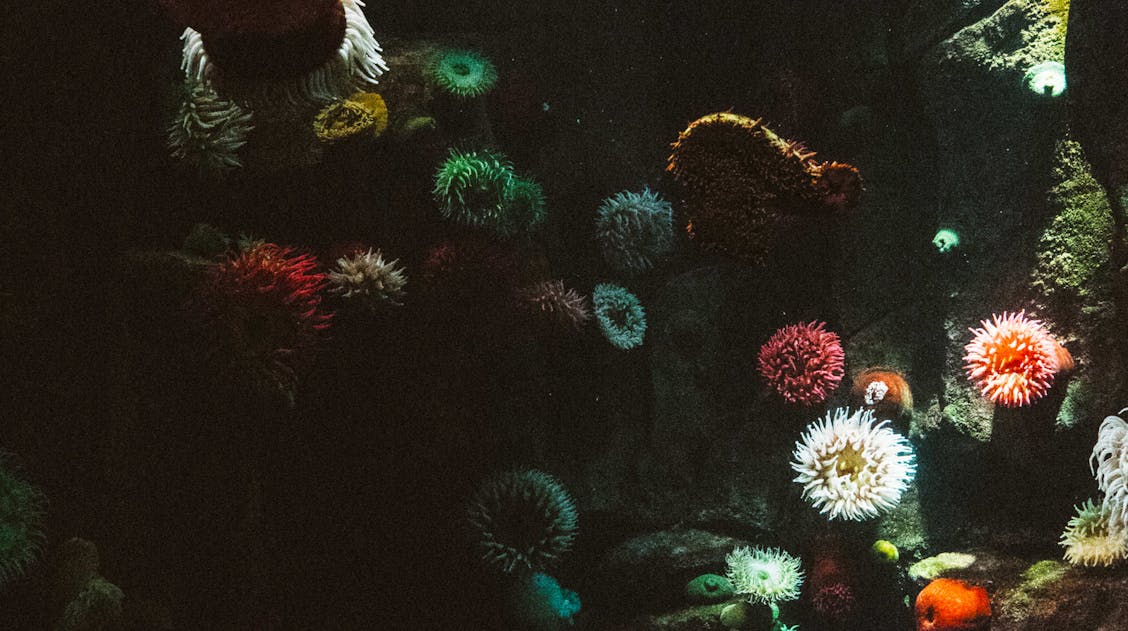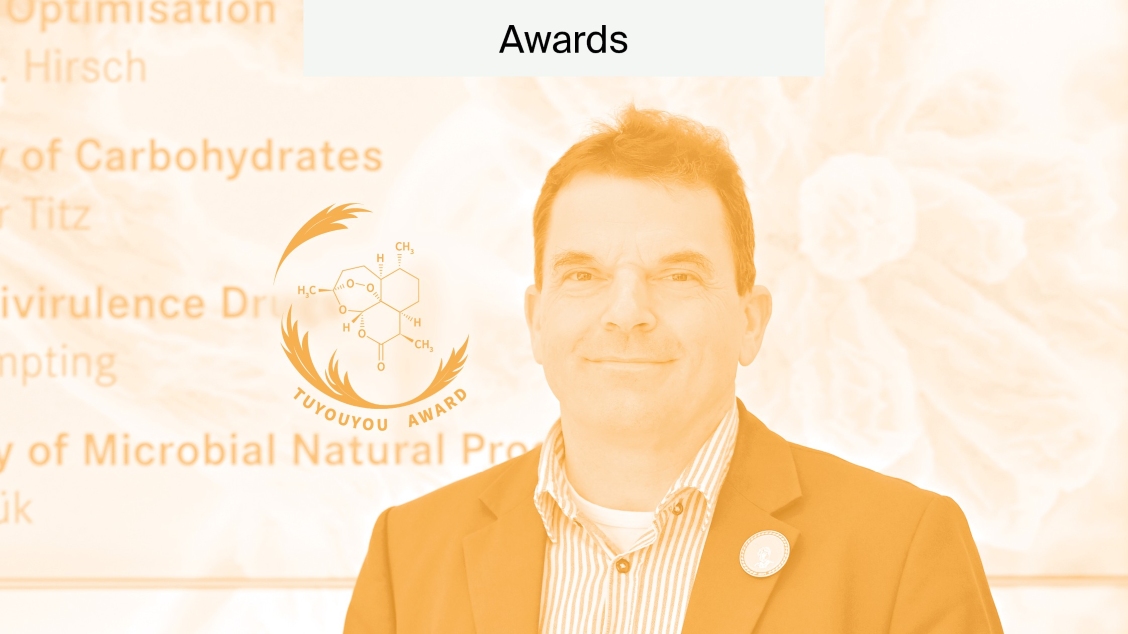
Protecting Marine Biodiversity Using Genetic Testing
Globally, the loss of marine biodiversity is a huge concern. Biodiversity in the ocean is crucial to support a healthy planet and life on Earth. Researchers from various United States (U.S.) universities including Princeton, Rutgers and Cornell University recently published important biodiversity research in Sustainability which investigates New York food markets selling endangered species of sea cucumbers.
Here, we explore the researchers’ findings and their suggestions for ensuring better protection of this endangered species.
The importance of biodiversity in the ocean
The ocean accounts for more than 70% of the earth’s surface. It holds 97% of the world’s water and is home to around 250,000 identified species. This includes plants, animals, fungi algae and bacteria. It’s estimated that 2/3rds of the world’s marine species are undiscovered.
Maintaining the biodiversity of the ocean is crucial for life on earth. It supplies around 50% of the oxygen that humans breathe. As well as absorbing around 26% of the carbon dioxide generated from human activities. Furthermore, it helps to mitigate climate change as well as provide food sources and economic opportunities for humanity. Biodiversity in the ocean is fundamental for these processes as various species inhabiting the ocean contribute to these processes. This includes capturing and storing energy, producing and decomposing organic material, circulating water and nutrients, controlling erosion and pests, and helping to mitigate climate and atmospheric gases.
According to the Marine Conservation Society, Earth’s biodiversity is declining faster than any other time in human history. Moreover, if the current rate of habitat loss and global warming continues, it is estimated that nearly 40% of all species will face extinction by 2099.
Supporting biodiversity in the ocean
Supporting biodiversity in the ocean has never been more important. Because of this, various organizations and charities have made it a top priority to support marine conservation efforts. One example of this is the United Nations which has created a blueprint for peace and prosperity for people and the planet now and into the future. Protecting marine animals and promoting their conservation falls within Sustainable Development Goal 14: Conserve and sustainably use the oceans, sea, and marine resources for sustainable development. This includes protecting oceans and their ecosystems from coastal eutrophication, ocean acidification, ocean warming, plastic pollution and overfishing.
Additionally, the Marine Conservation Society are also committed to protecting the ocean ecosystem. They have a variety of projects in the United Kingdom (U.K.) and overseas. This includes restoring oysters in Dornoch Firth and replanting seagrass in Plymouth Sound, improving the management of turtle fisheries in Turks and Caicos, and raising awareness about sharks and rays in Anguilla.
One Health is an integrated approach which is defined by the One Health Initiative Task Force as:
“Collaborative efforts of multiple disciplines working locally, nationally, and globally, to attain optimal health for people, animals and our environment.”
They believe that public health is not just a human matter but that humans, animals, ecosystems, and social processes are all interconnected.
The importance of sea cucumbers
The recent paper published in Sustainability investigates biodiversity loss in the ocean by uncovering market stalls in New York City that sell endangered sea cucumber species. One of the researcher’s main aims was to advance the movement of One Health Approach. They intended to spread awareness of the One Health approach by revealing illegal harvesting and selling of sea cucumbers to develop more sustainable practices regarding the selling of endangered species.
The researchers chose sea cucumbers as they are highly regarded by humans and support ocean biodiversity. They are considered medicinal and highly valuable for human health.
However, in the ocean, they are a crucial part of ecosystems as they are invertebrates that act like vacuum cleaners for the ocean floor. Additionally, they play a vital role in maintaining nitrogen levels as they excrete sediment releasing any nitrogen that’s trapped. This is crucial for ecosystems with coral reefs and algae as nitrogen is vital for their survival. This process is known as bioturbation, which is a main driver of biodiversity as it regulates the sediment as well as initiates processes such as bioremediation.
Identifying endangered sea cucumber species
Sea cucumbers are vital in the ocean ecosystem. Unfortunately, some species are endangered because of over-harvesting for human consumption. One example of this is the Isostichopus fuscus, commonly known as brown sea cucumbers. They are listed as endangered under the IUCN red list. Because of this, the harvest of certain species such as the brown sea cucumbers are banned in a range of locations including South America.
The researchers investigated dried seafood retailers selling sea cucumbers across three boroughs of New York, including Manhattan, Brooklyn and Queens. They used a multidisciplinary methodology which involved biological sampling and the genetic testing of sea cucumbers from various market samples. Additionally, they also conducted interviews and observations with retailers and consumers across the three New York City Chinatowns.
Results
The researchers identified 74 out of the 104 samples successfully, with 8 confirmed as brown sea cucumbers.
“We were able to genetically identify that the endangered species of brown sea cucumbers – around 10% of the sampled retail market – was being sold. It suggests that the kind of level at which sea cucumbers are available on the market may pose a threat for biodiversity loss.” – Dr Jesse Rodenbiker author of the study.
The interviews revealed that retailers and consumers knew the associations between sea cucumber consumption and enhancing human health. However, they had limited knowledge of the origins of the product.
“To conduct any enforcement at merchant food shops, we need tools that can assign a specimen back to a region from where they are protected and we are currently working on developing such tools.”- Dr. Nina Therkildsen author of the study.
Summary
The researchers conclude that there is an abundance of endangered sea cucumbers currently on the market. In order to combat this, they explain that there is a need for developing genetic markers which can trace the geographic origin of the sea cucumbers to determine if they were legally harvested. Additionally, they suggest that a more robust system for market labelling and training is needed in this area. Furthermore, there should be more genetic research and public outreach to advance the One Health approach.
If you would like to read more about how MDPI research is helping to tackle biodiversity loss please see our recent article on Biological Diversity.










